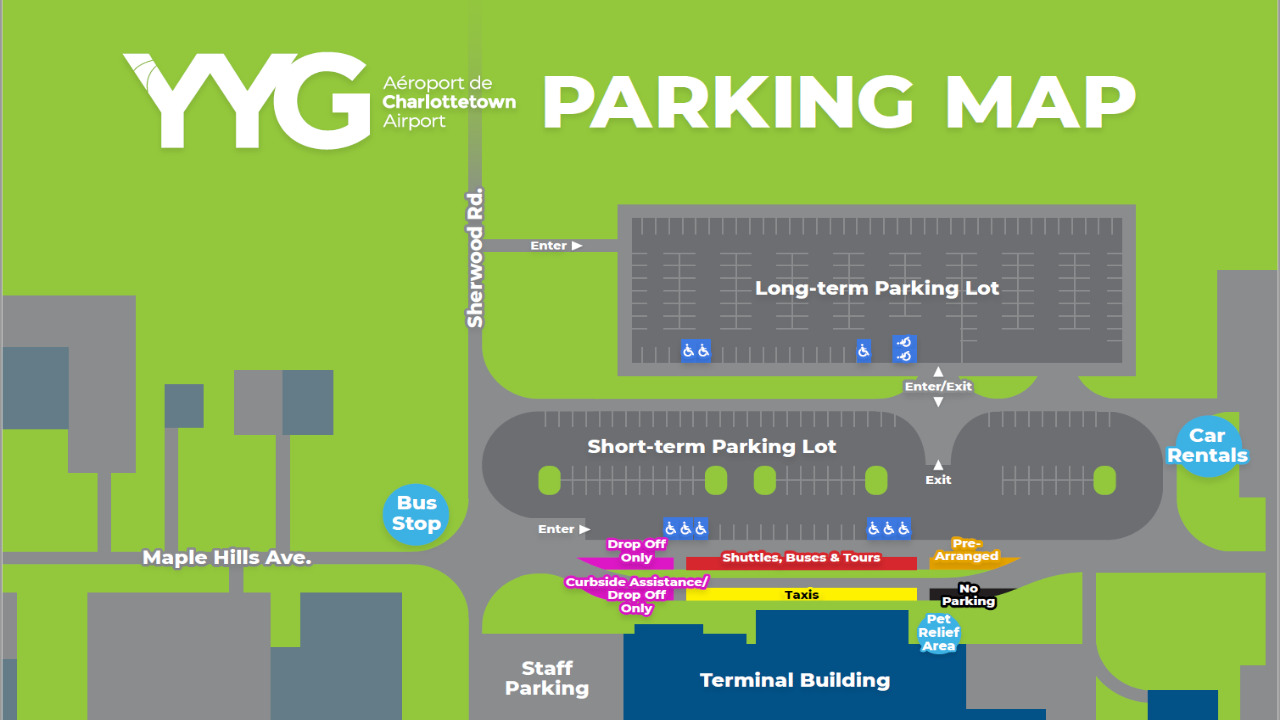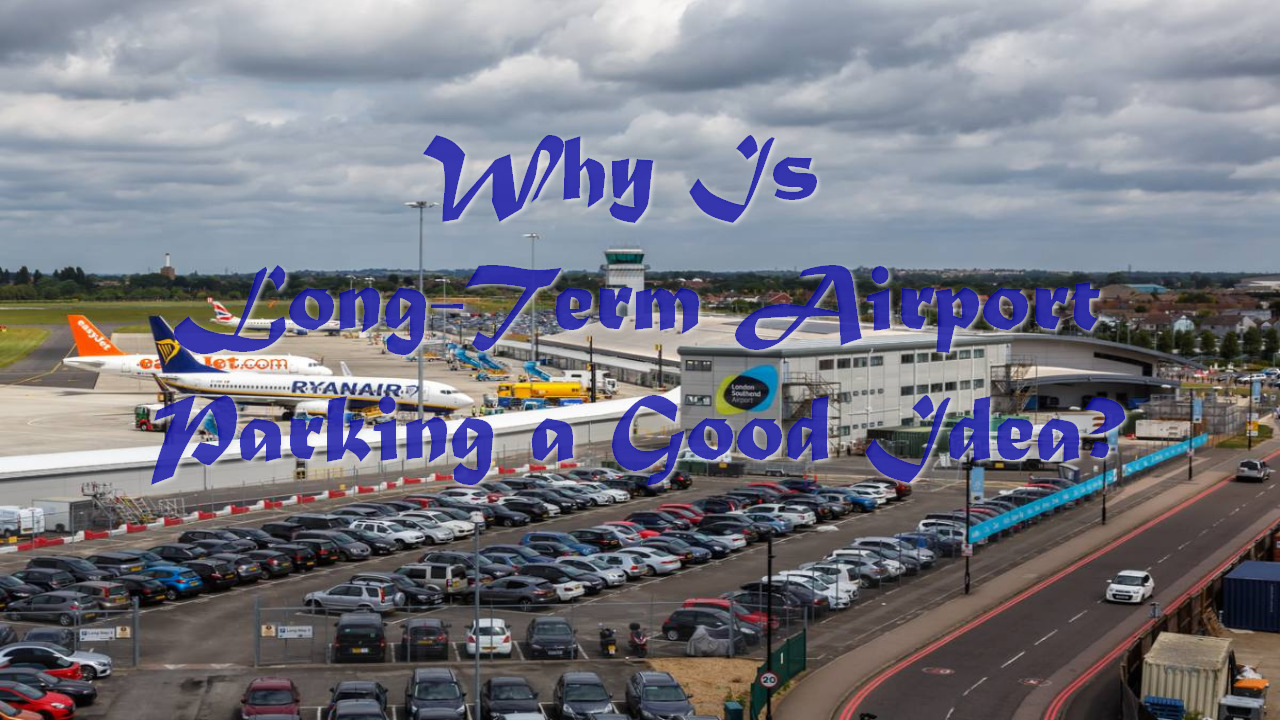Why Is Long-Term Airport Parking a Good Idea?
Long-term parking is a topic that often comes up in discussions about airport development. The type of long-term parking that is appropriate for an airport property does not always coincide with what will be the ideal placement for an airline, hotel, or another traveling party. Long-term parking is a concept that has been around for decades and has become something of a standards setter in recent years. It’s the essential term used to refer to the long-term parking that serves as part of an airport property’s security, maintenance, and operations requirements.
In most cases, long-term parking is not considered inappropriate by government bodies or other parties looking to build an airport property. But some long-term parking options, such as Ontario airport long term parking, may be practical or desirable due to boundaries, space, or other factors. That’s because long-term parking on airport properties can present unique challenges and considerations unique to their situation.
What Is Long-Term Parking?

Long-term parking is the parking provided for airplanes, trains, ferries, etc. Long-term parking is often located in a location that has been in service for at least a decade. The term “long-term” refers to the parking that is currently located at a specific location. It’s the type of parking that will be used in the future. There are several types of long-term parking. The most common is dedicated long-term parking—that is, it has been dedicated to the use of a specific plane, train, ferry, or other traveling parties. Other types of long-term parking include short-term or site-specific long-term parking.
Why Do Airports Need Long-Term Parking?

There are a few general reasons why an airport needs long-term parking. First, long-term parking is the most secure space in an airport property. It’s the place where passengers, employees, and passengers’ families can safely park. Second, long-term parking provides the airport with space that it can maintain and expand upon. What’s more, long-term parking can be used as a short-term solution in case of bad weather, power outages, or other circumstances that require longer-term solutions.
How Does Long-Term Parking in an Airport Work?

Long-term parking is a type of security and maintenance that is provided for airport property. It’s the amount of time that the property is expected to remain in operation as a commercial or government facility. The length of time that an airport will operate as a commercial or government facility is known as the “life cycle” of the property. The “life cycle” of a building or property includes its construction, renovation, maintenance, and operation stages. Construction: The airport is the first stage of the “life cycle” of a property. It’s the period that the property is being built and the period it will be in operation. Rentals: The property owner can choose to lease the property to other parties in return for paying them the agreed rent. Maintaining/Operating: The property is expected to be in operation for a set period—usually a set period, but usually less than a year, as the property is being built and on the market.
Options for a Long-Term Parking Plan
With so much to cover in this article, we’ve chosen to focus on the most important question: “How does long-term parking in an airport work?” Like most major infrastructure projects, the long-term parking plan for an airport property has to go through three stages before it can be considered complete. Construction: The land is first roads, then deep-cycle oxygen and C-zone gasoline, then asphalt. The deep-cycle oxygen is needed to grow the vegetation, and the C-zone gas is to keep the traffic away. Rentals: The property is then rented to another party in exchange for the payment of the agreed rent. Maintaining/Operating: The property is expected to be in operation for a set period—usually a set period, but usually less than a year, as the property is being built and on the market.

